742 9,000-year-old remains in Çatalhöyük – Turkey show that not only modern people suffer from urban suffocation. During the Stone Age, a city placed a tragic “curse” on its inhabitants.
Research led by anthropology professor Clark Spencer Larsen (Ohio State University, USA) has revealed the mystery of an ancient city called Çatalhöyük in Turkey. It was a bustling settlement from 7100 BC and was the first known city of mankind.
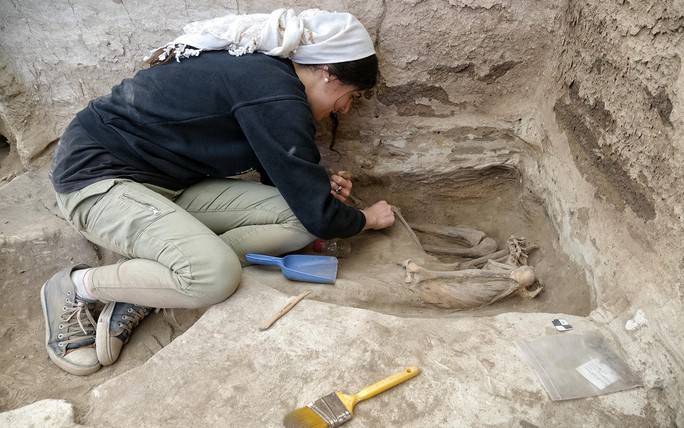
An archaeologist is excavating a tomb in the ancient city – photo: Scott Haddow
However, a great tragedy engulfed the city, wiping it out after about 1,000 years of existence. All evidence of the “curse” on the ancient city is revealed through 742 setsskeletonof the residents here, buried over many periods.
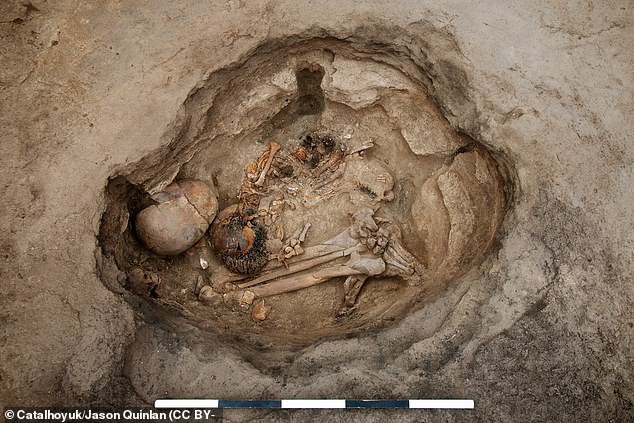
A set of remains bearing tragic traces – photo: Jason Quinlan
The most tragic remains were discovered in 95 skeletons belonging to the years when Çatalhöyük entered its golden age. At that time, residents gathered here so crowdedly that houses had to be built very close together, so tightly packed that they could not open normally. People have to climb a ladder up to the roof before they can slide into the house. It is estimated that there are 8,000 people crowded into this small city.
Up to 25% of those 95 skeletons had gaping fractures in their skulls, suggesting they were killed by a very strong blow – possibly large clay pellets.
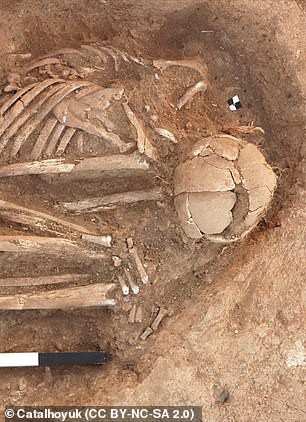
The skull of a remains is cracked – photo provided by the research team
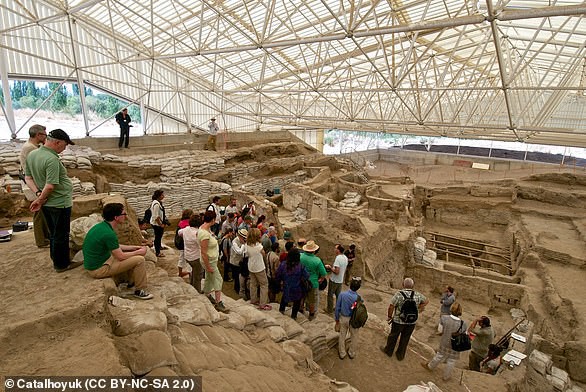
The closely packed houses are being studied by archaeologists – photos provided by the research team
Not to mention, 33% of the total 742 remains showed signs of bacterial infection. 13% of women’s teeth and 10% of men’s teeth were damaged, indicating they ate an unbalanced diet, too much cereal compared to other food groups. Sanitation conditions were extremely poor, and the walls and floors were highly contaminated with human and animal feces.
Life is cramped, crowded, and houses are too close together, causing disease to spread. This is also a big factor that gradually turns Çatalhöyük into a dead city.
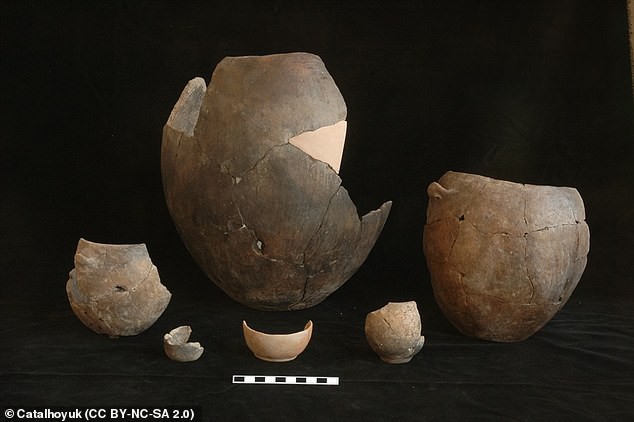
Pottery collected in the ancient city – photo provided by the research team
Examination of leg bones shows that people from the later periods of the city had to walk more and more, making it increasingly difficult to find food.
All the bad conditions such as overcrowding, food shortages, epidemics… have led to violence in the city. This explains the skull-fractured remains mentioned above: they killed each other out of stress, anger, and survival. These tragedies continued one after another and spread more and more like a curse, until the prosperous metropolis completely collapsed.
“Çatalhöyük was one of the first urban communities in the world, and residents experienced what happens when you put a lot of people in a small area for a long time. It set the stage for what we face today and shows the challenges humans always encounter in urban life” – Professor Larsen said.
The research was just published in the scientific journal Proceedings of the National Academy of Sciences.
A. Letter (According to Live Science, Daily Mail)





